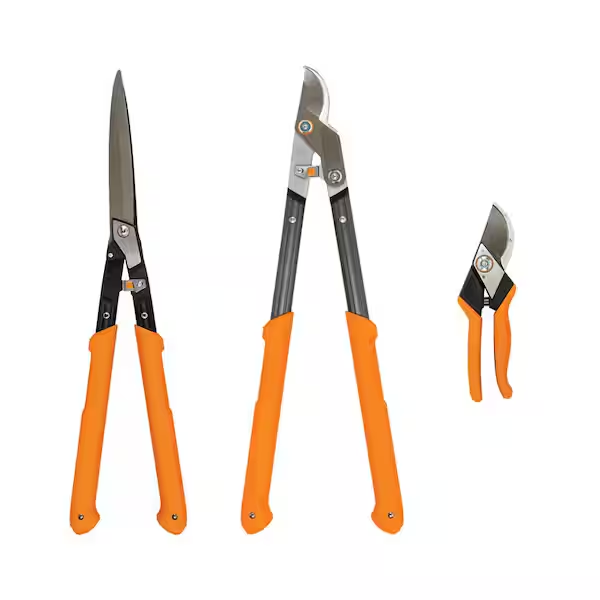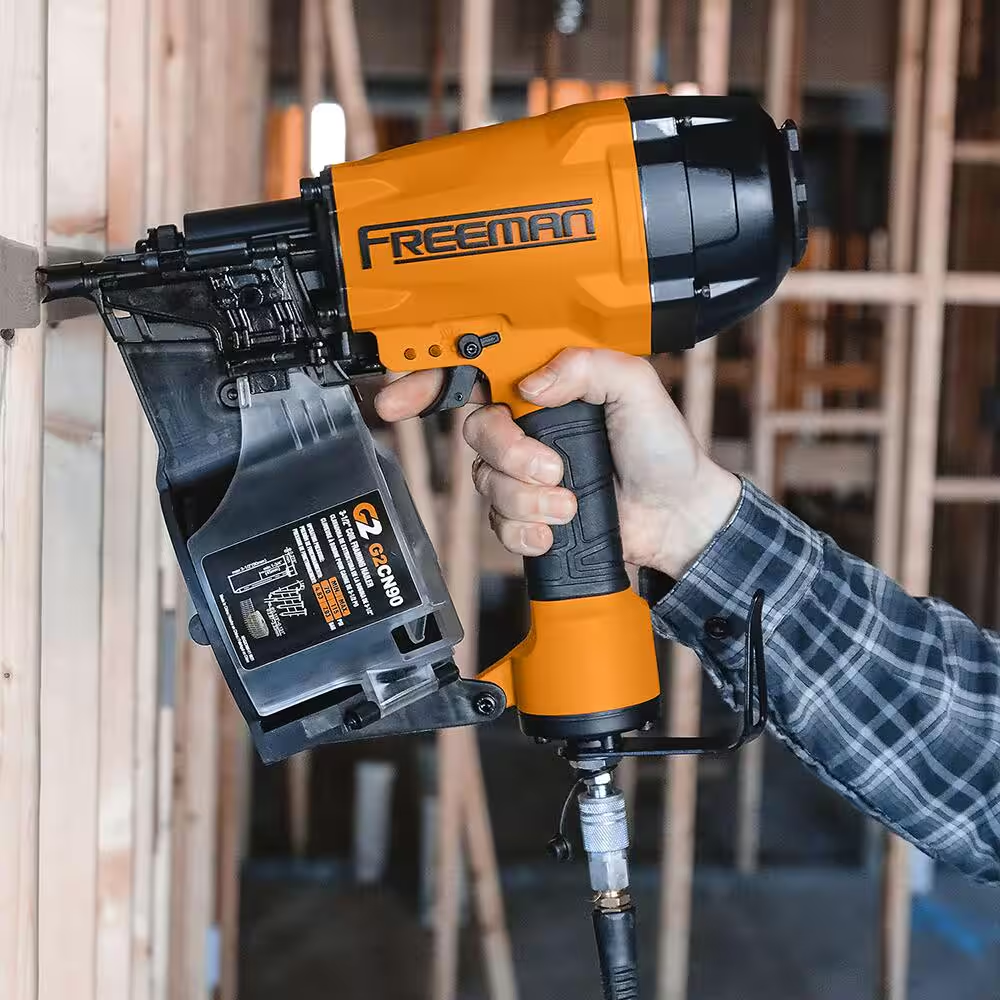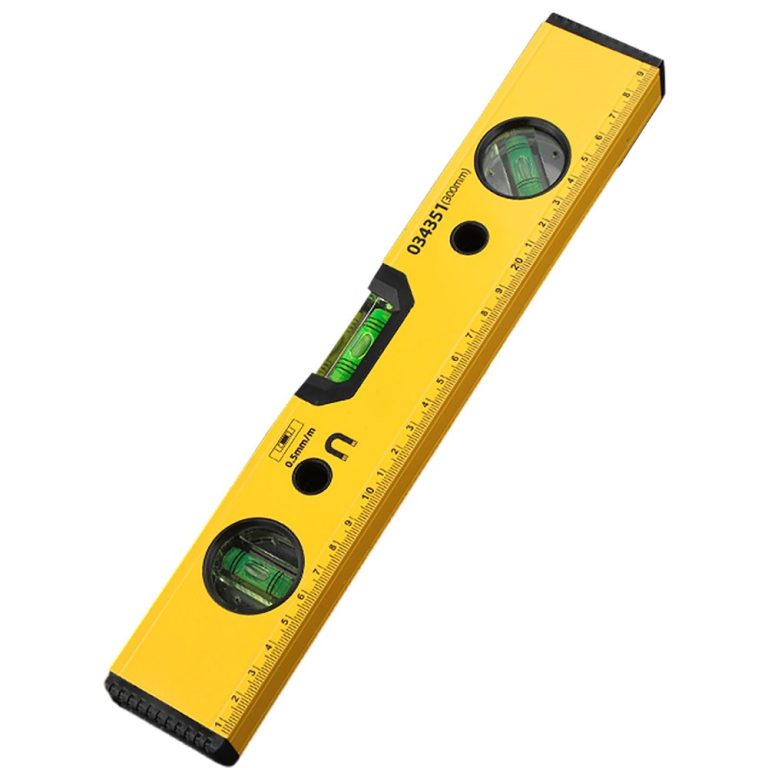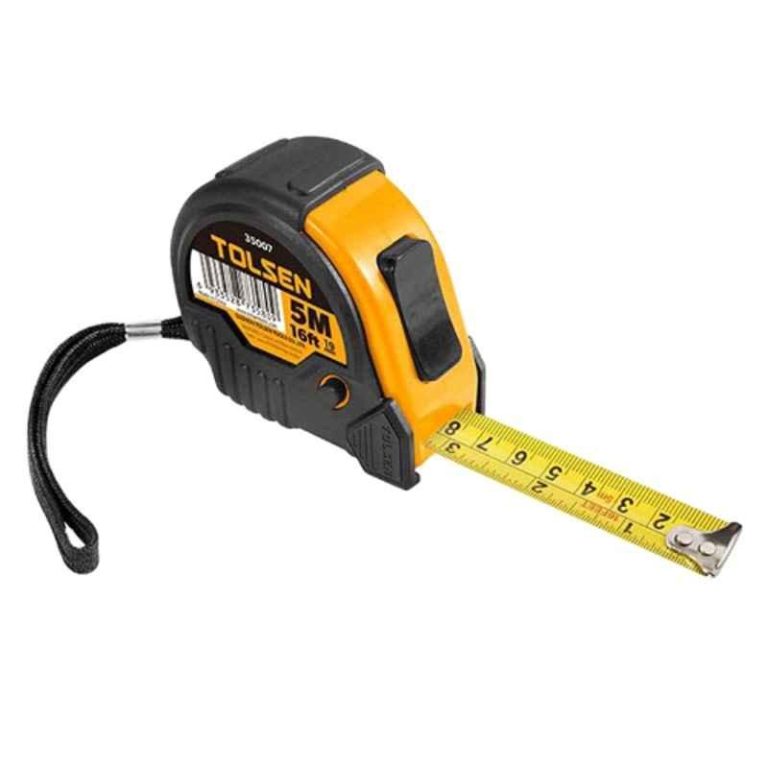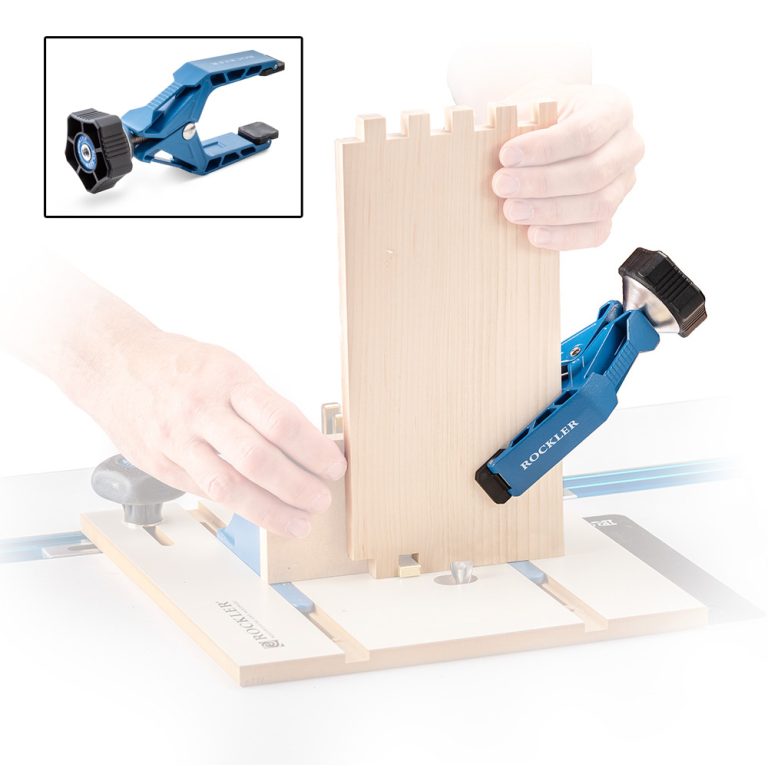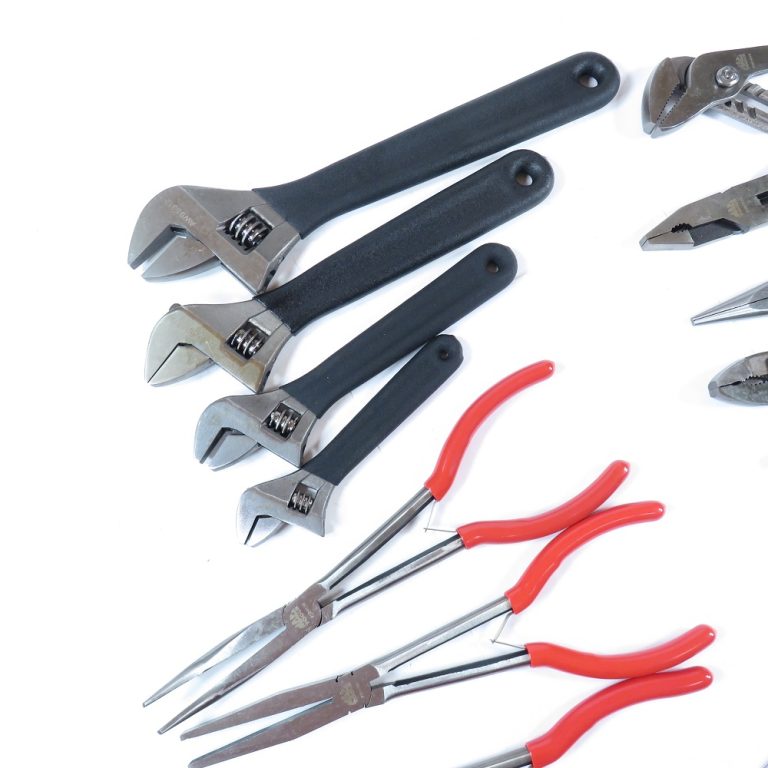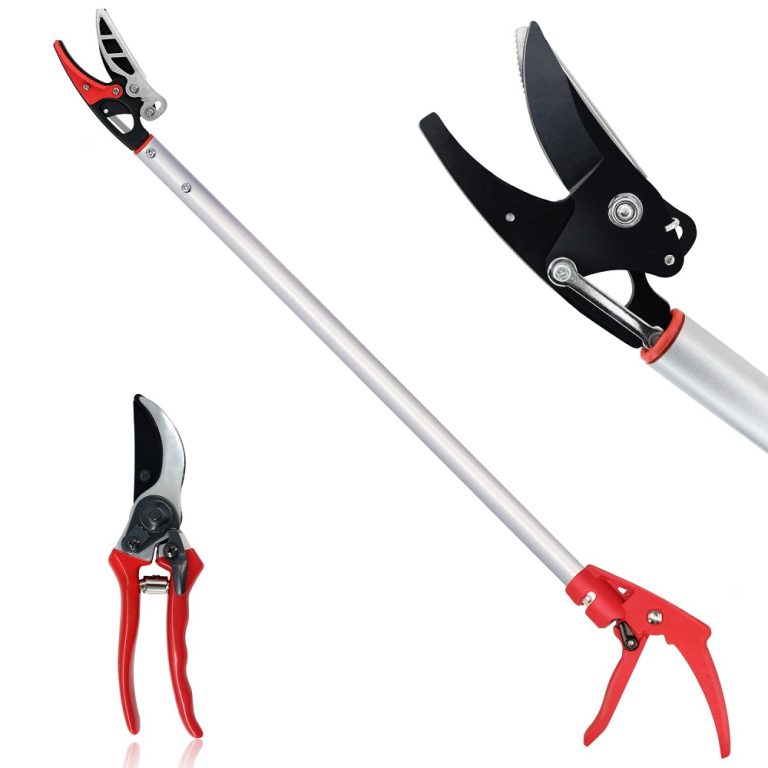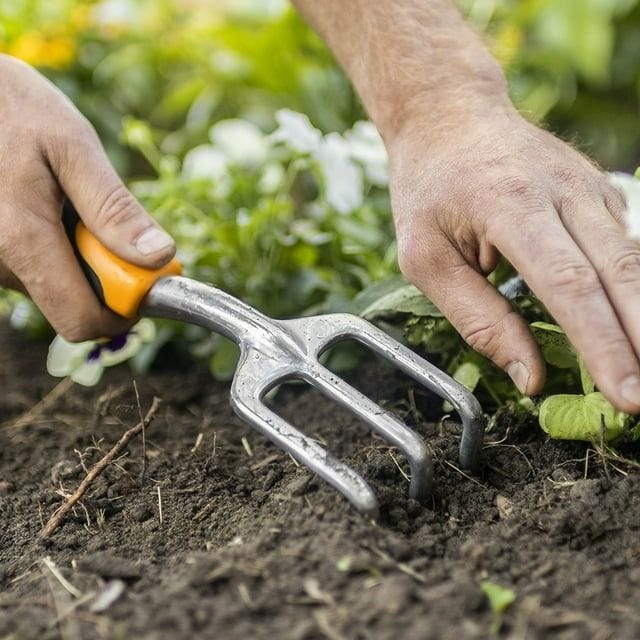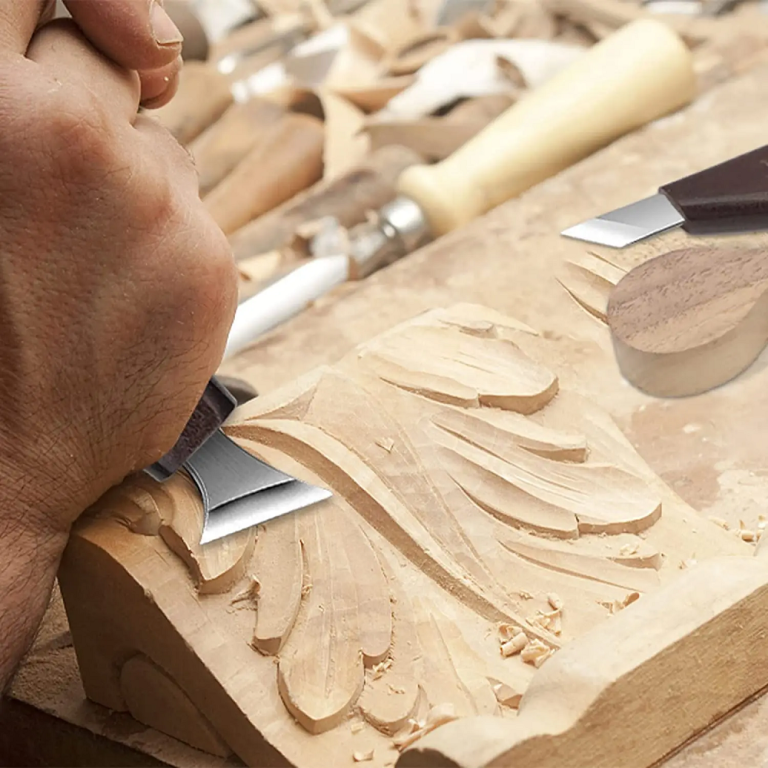Introduction to Garden Trimming Tools
Garden trimming tools are essential for maintaining a tidy and healthy garden. They help shape plants, remove dead branches, and control overgrowth. Using the right tools saves time and delivers better results for gardeners of all skill levels.
There are many types of trimming tools, each designed for specific tasks. From lightweight handheld tools to powerful machines, there is a wide range available. Understanding these tools helps you choose the right ones for your garden.
Some tools focus on fine work, like pruning small branches or shaping shrubs. Others tackle larger tasks, like cutting thick branches or trimming large hedges. Both manual and powered options exist, catering to different garden sizes and maintenance needs.
Whether you’re an experienced gardener or a beginner, learning about garden trimming tools is vital. This knowledge ensures efficient work while keeping plants healthy and thriving.
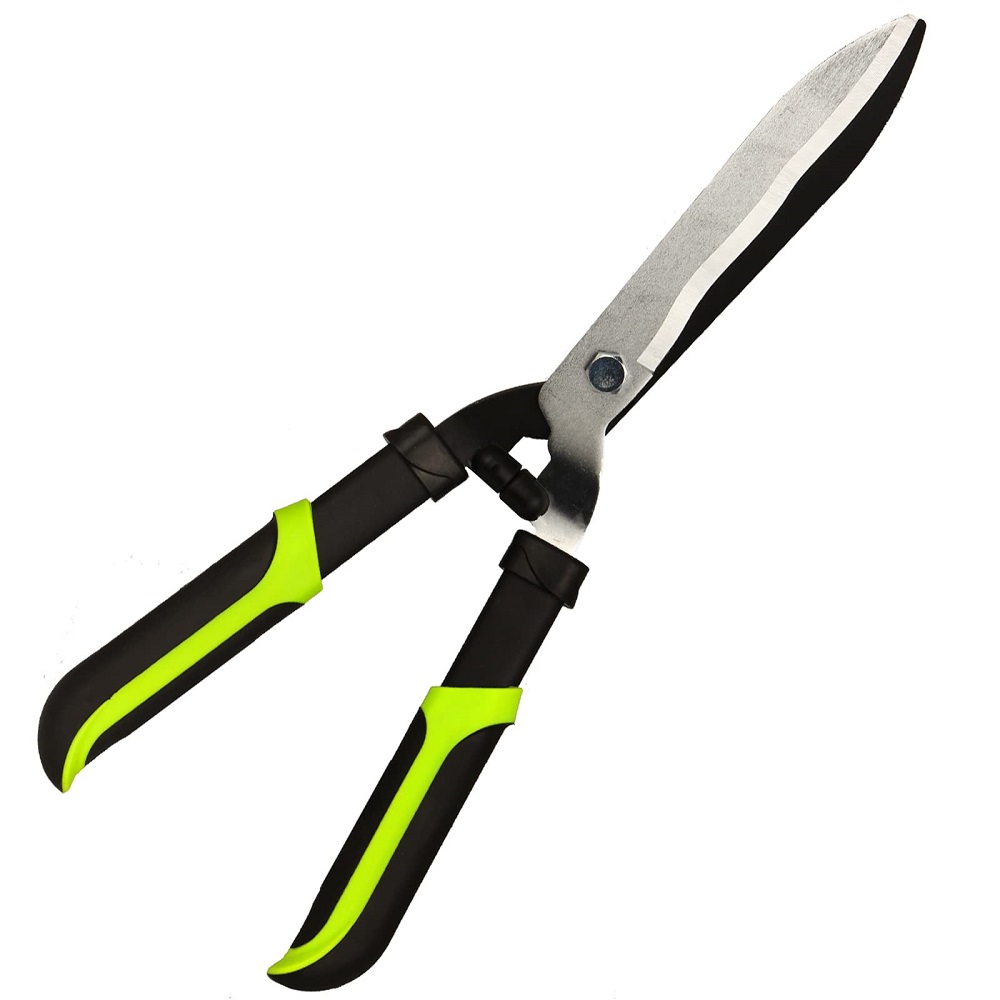
Importance of the Right Tools for Garden Maintenance
Using the right tools is crucial for proper garden maintenance. It ensures efficient work and healthy plants. Each tool is designed for specific gardening tasks, providing better results.
Advantages of Using the Correct Tools
- Improved Precision: Proper tools reduce harm to plants and enable accurate trimming.
- Increased Efficiency: Right tools save time and minimize effort during garden maintenance.
- Enhanced Safety: Tools designed for specific tasks lower the risk of injury.
- Long-Term Durability: Quality tools withstand frequent use and last longer.
Negative Impact of Using Inappropriate Tools
- Damage to Plants: Faulty tools may harm plant growth and health.
- Wasted Effort: Unsuitable tools take longer to complete tasks.
- Potential Injuries: Incorrect tools increase the chances of strain or accidents.
Selecting the best garden trimming tools matters for both results and safety. Mastering tool usage also enriches the overall gardening experience.
Must-Have Garden Trimming Tool
Having the right garden trimming tools ensures effective and hassle-free gardening. Some tools are basic essentials for trimming and maintaining plants. These tools help in pruning, shaping, and managing garden overgrowth with ease. Below are the must-have tools every gardener should consider.
Pruners and Shears
Pruners and shears are ideal for small, detailed tasks. They allow gardeners to trim flowers, thin stems, and shape shrubs precisely.
- Types of Pruners:
- Bypass pruners cut like scissors and are great for green, live branches.
- Anvil pruners use a flat surface to cut and are better for dry or dead branches.
- Garden Shears: These are larger and handle trimming flowers, bushes, and light foliage beautifully.
Use these tools for everyday plant care and minor garden maintenance tasks. They are a must-have for every gardener.
Loppers and Hedge Trimmers
Loppers and hedge trimmers are perfect for larger, tougher branches or hedges. They reduce physical effort and improve work efficiency.
- Loppers: These tools cut branches 1–2 inches thick. Designed with long handles, loppers provide more leverage. This makes them suitable for trimming small trees and hard-to-reach areas.
- Hedge Trimmers: Hedge trimmers keep hedges uniform and neat. Manual trimmers work well for smaller hedges, while powered options handle larger ones. Hedge trimmers help save time and ensure precision in shaping.
For thicker branches and extensive trimming tasks, loppers and hedge trimmers are indispensable.
Saws for Garden Use
Garden saws help with tasks where pruners or loppers fall short. These tools are used for cutting thicker branches or removing damaged tree limbs.
- Types of Saws:
- Pruning saws are curved and work well for medium-thickness branches.
- Bow saws handle bigger logs and thicker cuts effectively.
- Folding saws: These are portable and handy for general garden use.
Having a reliable saw in your toolkit is crucial for tree care and handling overgrowth.
Equipped with pruners, shears, loppers, hedge trimmers, and saws, gardeners can tackle diverse garden tasks efficiently and safely. Choose quality tools for durability and better results.
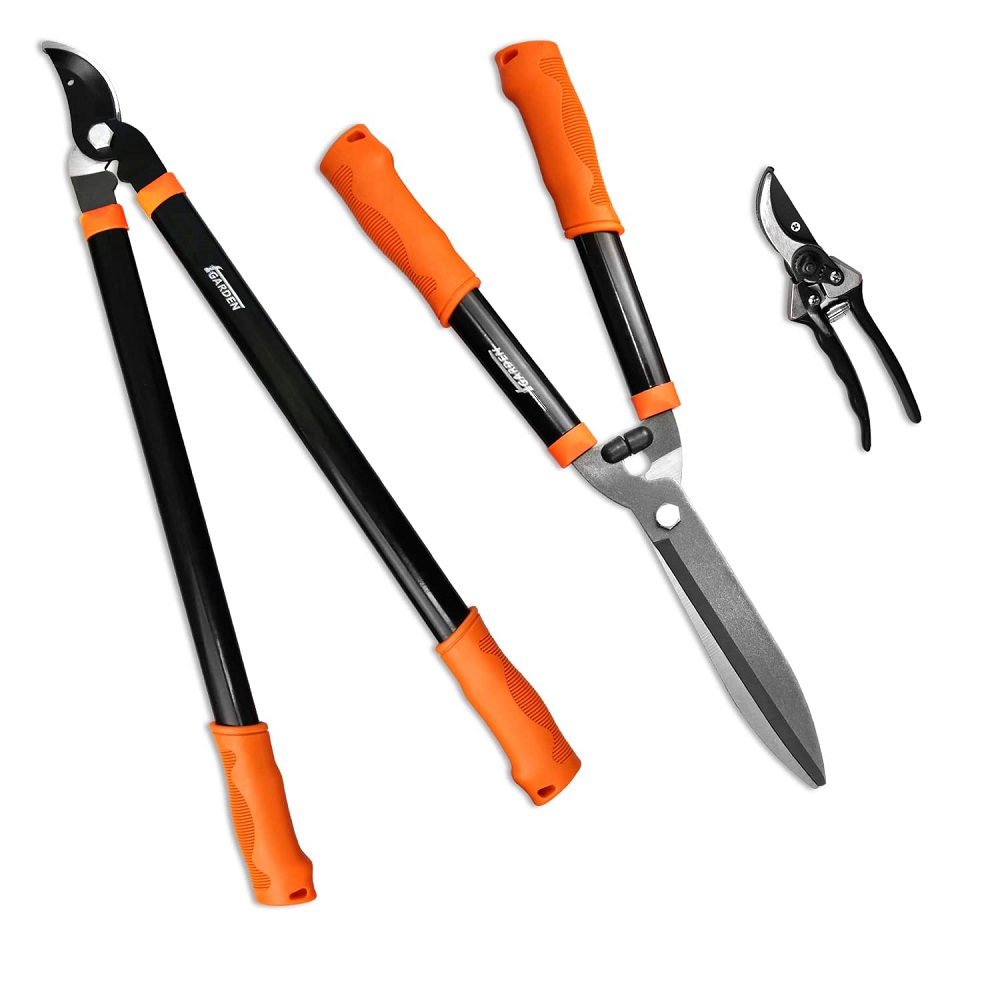
Power Tools for Trimming and Shaping
Power tools play a vital role in maintaining larger and more complex gardens. They aid in trimming, shaping plants, and handling tougher tasks with ease. Choosing the right power tools simplifies garden maintenance significantly.
Electric vs. Gas-Powered Tools
Electric and gas-powered tools are common options for garden trimming. Each type offers unique benefits:
- Electric Tools:
- Lightweight and easier to handle.
- Quieter than gas-powered tools.
- Produce zero emissions, making them eco-friendly.
- Ideal for small- to medium-sized gardens.
- Gas-Powered Tools:
- Provide greater power for large or tough gardening tasks.
- Suitable for trimming thick branches and dense hedges.
- Can operate without the need for electric outlets.
- Slightly heavier and louder compared to electric tools.
Selecting between the two depends on your garden’s size and trimming needs. Electric tools suit simple, quiet tasks, while gas tools excel in demanding situations.
Cordless Trimmers and Their Benefits
Cordless trimmers combine convenience with functionality. They offer freedom of movement without wires or plugs:
- Advantages of Cordless Trimmers:
- Allow easy access to hard-to-reach areas.
- Reduce trip hazards caused by cables.
- Powered by rechargeable batteries for prolonged use.
- Lightweight designs for better control and less fatigue.
Cordless trimmers are perfect for quick, hassle-free trimming sessions in any garden. Battery-powered tools keep gardening efficient and safe, catering to modern gardeners’ need for flexibility.
With electric or gas-powered tools and cordless trimmers, specialized trimming becomes straightforward, safe, and precise. Choose power tools that suit your garden’s requirements for optimal results.
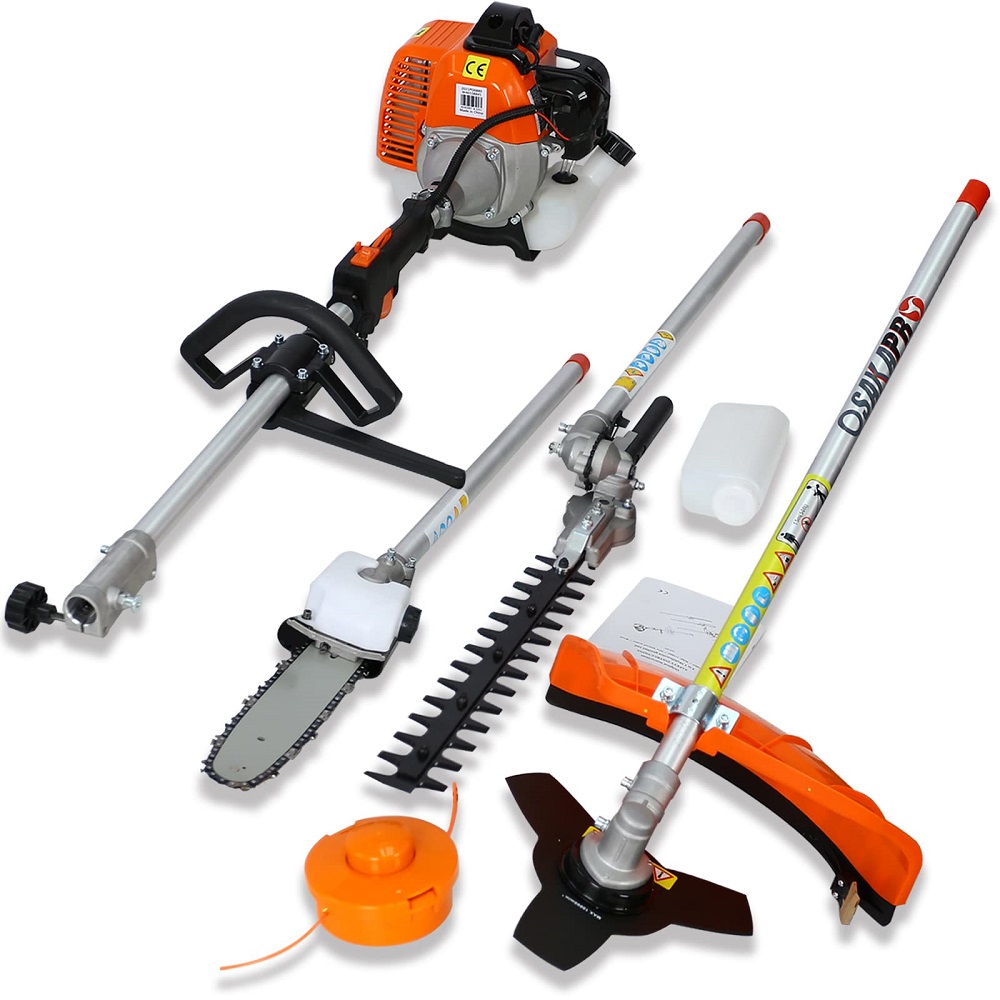
Maintenance and Care for Garden Trimming Tool
Proper maintenance ensures your garden trimming tools last longer and perform efficiently. Simple care routines keep tools sharp, safe, and effective for all your gardening tasks. Neglecting maintenance can lead to rust, dull edges, and reduced tool performance.
Cleaning Your Tools
- After Use: Always clean tools after every use. Wipe off dirt, sap, and plant residue with a damp cloth.
- Deep Cleaning: For stubborn dirt and sap, use warm soapy water and a stiff brush.
- Dry Completely: After cleaning, dry tools thoroughly to prevent rust and corrosion.
Sharpening for Optimal Performance
- Regular Sharpening: Keep blades sharp for precise and safe trimming.
- Tools for Sharpening: Use a whetstone, file, or sharpening tool designed for garden equipment.
- Check Blade Condition: Replace blades that are too worn or damaged to sharpen effectively.
Rust Prevention
- Oil Application: Apply a light coating of machine oil to metal parts after cleaning.
- Storage Tip: Store tools in a dry place to avoid moisture and rust.
- Inspect Regularly: Check for rust often and remove it with sandpaper if necessary.
Lubricating Moving Parts
- Smooth Operation: Apply lubricant to hinges, springs, and joints to ensure smooth movement.
- Frequency: Lubricate every few weeks or whenever tools feel stiff.
Handle Care
- Wooden Handles: Sand lightly and apply linseed oil to prevent splinters and cracks.
- Inspect Regularly: Check for loose or damaged handles and fix them promptly.
Proper Storage
- Organize Tools: Use tool racks or hooks to keep tools off the ground and easy to locate.
- Use Covers: Blade covers or sheaths protect tools and reduce injury risks.
- Label Tools: Clearly label storage spots for easy organization.
Good tool maintenance saves money and ensures flawless garden trimming. Care for your tools to make gardening easier and more efficient.
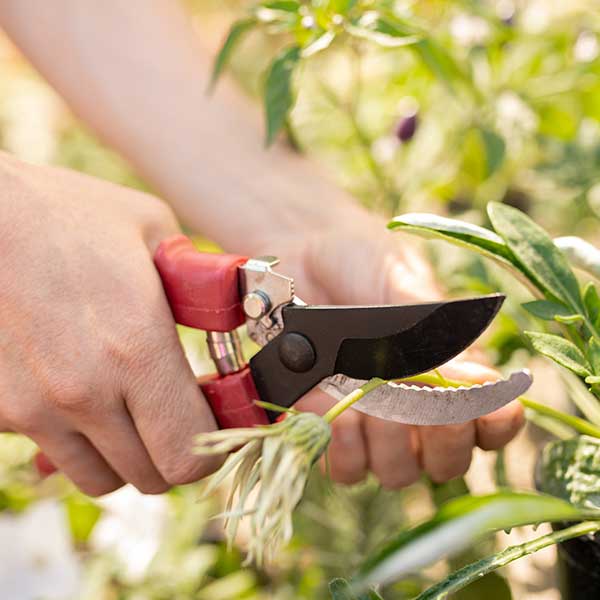
Tips for Safe and Efficient Garden Trimming
Garden trimming can be enjoyable and safe with the right approach. Here are some tips to ensure efficient and secure gardening:
Safety First
- Wear Protective Gear: Always use gloves, safety goggles, and sturdy footwear to avoid injuries.
- Inspect Tools: Check tools for damage before use to ensure they are in good condition.
- Keep Blades Sharp: Dull tools require more effort and can slip, leading to accidents.
- Work in Daylight: Good lighting helps you see clearly and trim accurately.
- Avoid Loose Clothing: Wear snug clothes to prevent them from getting caught in tools.
Efficient Trimming Techniques
- Plan Ahead: Identify areas to trim and choose appropriate tools before starting.
- Work in Sections: Handle one area at a time for focused and clean results.
- Mind the Weather: Trim in dry weather to avoid slippery tools and surfaces.
- Angle Your Cuts: Cut branches at a 45-degree angle to promote healthy regrowth.
- Take Breaks: Pause frequently to avoid fatigue and maintain precision.
Tool Management
- Use the Right Tool: Select tools that suit the size and type of plants.
- Keep Tools Nearby: Use a tool belt or storage cart for easy access.
- Clean Up as You Go: Remove trimmed branches and debris to keep the area safe and tidy.
Protect Your Plants
- Trim Gradually: Avoid cutting too much at once, which may stress plants.
- Identify Dead Branches: Remove these first to enhance plant health and appearance.
- Trim at the Right Time: Prune plants during their growth period for better recovery.
By following these safety and efficiency tips, you ensure a smooth and enjoyable trimming session. Proper preparation and technique not only keep you safe but also yield a healthier, more vibrant garden.
Choosing the Right Tools for Your Garden Needs
Selecting the best garden trimming tools depends on your garden’s size, type, and maintenance needs. Each tool serves a specific purpose, and choosing the right one ensures effective gardening. Here’s how to evaluate your needs:
Assess Your Garden Size
- Small Gardens: Use simple, handheld tools like pruners and shears for easy maintenance.
- Medium to Large Gardens: Invest in loppers, hedge trimmers, and saws for larger tasks.
- Extensive Gardens: Power tools, including gas or electric trimmers, are essential for efficiency.
Understand Plant Types
- Delicate Plants: Pruners and shears work well for precise cuts without harming fragile stems.
- Shrubs and Hedges: Hedge trimmers ensure clean, uniform shapes.
- Trees: Use loppers and garden saws for thicker branches.
Know the Maintenance Tasks
- Frequent Light Trimming: Use lightweight tools for regular care.
- Seasonal Pruning: Choose tools like bypass loppers and pruning saws for intensive work.
- Overgrowth and ToughBranches: Power saws and gas-powered tools handle challenging tasks well.
Factor in Your Comfort
- Ergonomic Design: Pick tools with comfortable grips for less strain.
- Tool Weight: Lightweight tools suit longer tasks, reducing fatigue.
- Adjustable Handles: Opt for adjustable or extendable tools for hard-to-reach areas.
Budget Considerations
- Quality Over Quantity: Select durable tools, even if they cost slightly more.
- Essential Tools First: Start with must-have tools like pruners or shears, then upgrade over time.
By evaluating your garden’s needs, you can create a toolkit that ensures efficient and enjoyable gardening. Proper tools not only save time but also promote healthier plants.
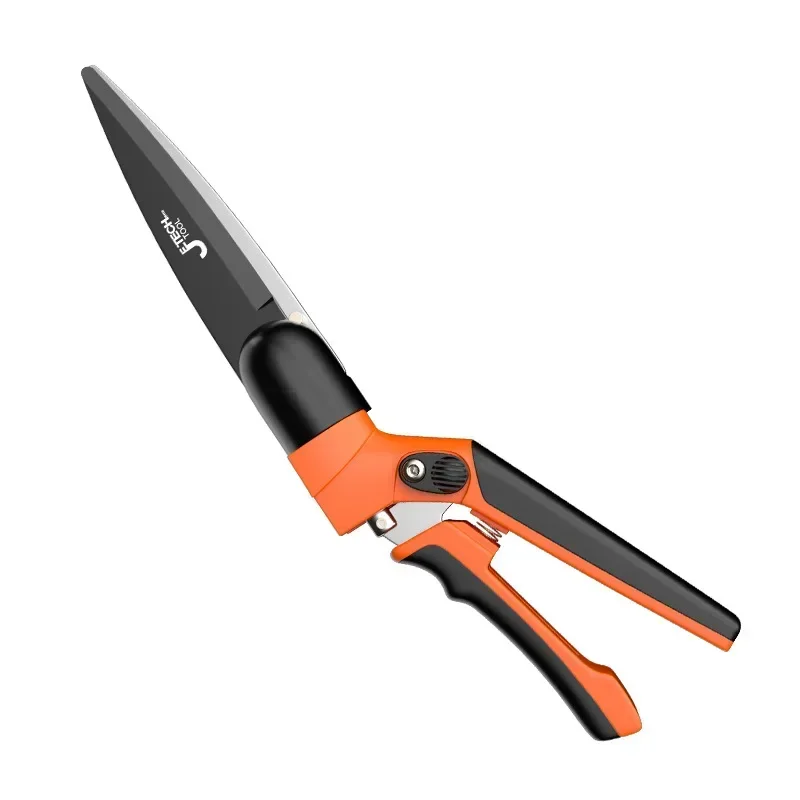
Common Mistakes to Avoid When Using Trimming Tools
Using garden trimming tools effectively requires knowledge. Mistakes can harm plants and reduce tool performance. Avoid these common errors to maintain a healthy garden and extend tool life.
Using the Wrong Tool for the Job
- Select tools designed for specific tasks to achieve better results.
- Using pruners on thick branches can damage both the tool and the plant.
- Choose bypass pruners for live branches and anvil pruners for dead ones.
Dull or Dirty Blades
- Dull blades can tear instead of cutting, harming plants.
- Always sharpen tools regularly to ensure clean cuts.
- Dirty tools can spread diseases between plants. Clean after every use.
Ignoring Safety Measures
- Avoid using tools without protective gear like gloves and goggles.
- Inspect tools for damage before each use to prevent injuries.
- Don’t rush. Hasty use of tools can lead to accidents.
Over-Trimming Plants
- Cutting too much can stress plants and slow their growth.
- Remove dead or diseased branches first and trim gradually.
- Follow cutting guidelines for each plant type.
Poor Maintenance of Tools
- Leaving tools outside exposes them to rust and wear.
- Store tools in a cool, dry place to maintain longevity.
- Neglecting lubrication reduces tool efficiency.
Skipping the Right Season for Trimming
- Trimming during the wrong season can damage plants, especially flowering and fruiting ones.
- Learn the best times for pruning specific plants.
Not Following Proper Angles When Cutting
- Avoid flat cuts; use a 45-degree angle for better healing and regrowth.
- Angled cuts prevent water from collecting on the cut surface.
Holding Incorrect Postures
- Incorrect posture can cause fatigue or strain during trimming.
- Use ergonomic tools and adjust handles for better comfort.
- Take breaks to avoid overexertion.
Avoiding these mistakes ensures healthier plants, safer tool use, and an enjoyable gardening experience. Proper techniques lead to a thriving and beautiful garden.
Conclusion and Final Recommendations
Choosing the right garden trimming tools is essential for maintaining a healthy garden. Quality tools save time, protect plants, and enhance your gardening experience.
Final Tips for Tool Selection
- Focus on Durability: Choose tools that last long and perform well over time.
- Match Tools to Tasks: Ensure each tool fits specific gardening needs for better efficiency.
- Comfort Matters: Select lightweight, ergonomic tools to avoid fatigue.
- Start Small: Invest in fewer, high-quality tools before expanding your collection.
Recommended Maintenance Practices
- Clean Tools Regularly: Remove dirt and sap after every use to prevent damage.
- Sharpen Blades Often: Sharp tools deliver precise cuts and protect plants.
- Store Properly: Keep tools dry and organized to extend their lifespan.
Trimming and Safety Tips
- Use Protective Gear: Wear gloves, goggles, and sturdy shoes to stay safe.
- Trim Gradually: Avoid cutting too much; focus on dead or overgrown areas.
- Work in Sections: Divide tasks to ensure precision and ease.
By following these recommendations, you can simplify gardening and improve plant health. Equip yourself with the right tools, maintain them well, and apply proper techniques for trimming. A well-maintained garden reflects effort and style, making gardening joyful and rewarding.
